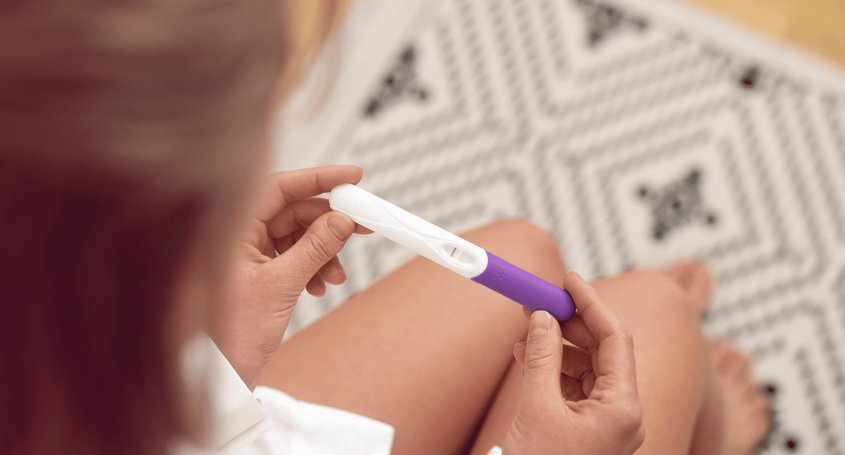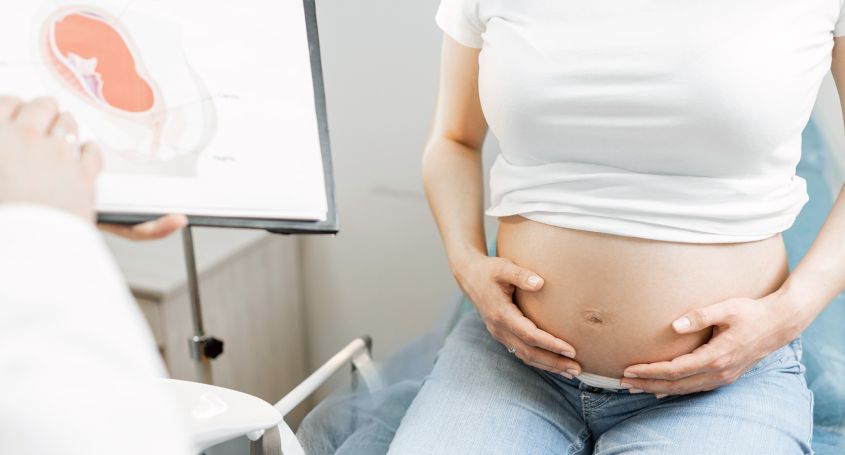When a female couple decides to start a family, they have several assisted reproduction options available to them. Among the most common are artificial insemination and in vitro fertilization with donor sperm. Another alternative that has gained popularity is the Reception of Oocytes from the Partner (ROPA) method, a treatment that allows both women to participate in the process of having a baby.
What is the ROPA method?
The ROPA method is an in vitro fertilization technique specially designed for female couples. In this procedure, one of the women, the genetic mother, provides the eggs, which are fertilized in the laboratory using donor sperm. The embryos obtained are then transferred to the uterus of the other woman in the couple, the surrogate mother, who will carry the pregnancy and give birth.
This method offers the possibility of shared motherhood, as one mother provides the genetic material and the other provides the biological environment that will influence the baby's development. This allows both women to establish a bond, both biological and emotional, with their child.
The importance of epigenetics
For a long time, it was believed that the mother who provided the eggs was the only one who influenced the baby's characteristics. However, scientific advances have shown that the surrogate mother plays a crucial role in embryonic development, thanks to epigenetic mechanisms.
Epigenetics is the branch of genetics that studies the mechanisms that regulate gene expression without altering the DNA sequence. Factors such as maternal nutrition, stress, and exposure to toxins influence these mechanisms, which can activate or deactivate genes during pregnancy.
Epigenetic processes help determine the physical characteristics, metabolic health and emotional development of the baby through various mechanisms such as DNA methylation, histone modification and the action of microRNAs.
- Uterine microenvironment: during embryo implantation, the maternal endometrium secretes endometrial fluid containing microRNA and other molecules that interact with the embryo and modify gene expression. This maternal-foetal communication influences embryonic development and the characteristics of the baby.
- Maternal nutrition: Adequate intake of certain nutrients such as folic acid, vitamin B12, and omega-3 fatty acids, but also vitamin D deficiency, dietary restriction, or a high-fat diet can influence DNA methylation or histone modification, which can have an effect on the long-term health of the baby.
- Maternal hormones: the emotional well-being of the pregnant mother affects hormone levels, including the stress hormone, which can influence epigenetic processes related to neurological and emotional development.
The influence of epigenetics on the ROPA method
In the ROPA method, the surrogate mother does not contribute genetic material, but she plays a key role in the embryo's gene expression through the epigenetic mechanisms that take place during pregnancy. Therefore, her lifestyle, diet, emotional state and overall health directly affect the baby's development.
This means that the surrogate mother influences aspects such as her child's physical characteristics, metabolic health and emotional development.
Shared bond
The ROPA method allows both mothers to participate actively and meaningfully in their child's development. One mother contributes the genetic material, while the other influences how those genes are expressed and is responsible for the environment in which the embryo develops.
Knowing that both mothers influence the development and growth of their child reinforces the concept of shared motherhood and strengthens the emotional bond between the mothers and the baby. In addition, for the surrogate mother, understanding that epigenetics is especially important during embryonic development can help overcome potential emotional barriers related to not sharing genetic material with the child.
At Barcelona IVF , we accompany all women on their journey to motherhood. We are committed to family diversity and treatments such as the ROPA method, which show how science can be at the service of love and equality.















